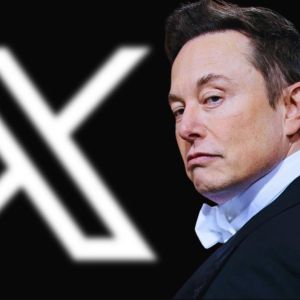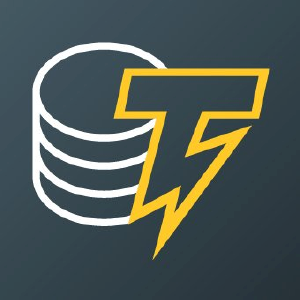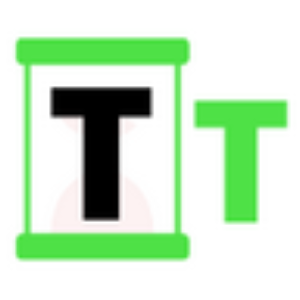Elon Musk’s X is in a legal battle with the Indian government over content moderation
3 min read
X, Elon Musk’s social media platform, has crossed legal paths with the Indian government in the Karnataka High Court, alleging unlawful content regulation and censorship against arms of Narendra Modi’s administration. K.G. Raghavan, the lawyer representing X in India, heads into a legal clash with the government over content moderation, as the matter has now been escalated to the courts for resolution. Elon Musk wages war against social media censorship in India The problem, X claims, is that the Indian government’s IT ministry has expanded its censorship powers with the Sahyog portal, which was launched by the Ministry of Home Affairs in 2024. The government-run website has been tagged a “censorship portal” by X as it gives every government official the authority to issue content takedown orders. On the other hand, the Indian government denies this and has said the portal only notifies companies of their due diligence obligations. The social media platform has been in conflict with Prime Minister Narendra Modi’s government due to content removal requests for quite some time, and the website X is complaining about makes it worse. “This is the danger, My Lord, that is done now, if every Tom, Dick, and Harry officer is authorised,” K. G. Raghavan, X’s lawyer said at the hearing immediately drawing condemnation from India’s Solicitor General Tushar Mehta, who was quick to correct that “officers are not Tom, Dick, or Harry … they are statutory functionaries.” “No social media intermediary can expect completely unregulated functioning,” Mehta eventually said, hinting at more future clashes between X and his country’s government. X raised concerns over the interpretation of the Information Technology (IT) Act months ago The lawsuit which coincides with Musk’s efforts to expand his ventures, Starlink and Tesla , in India, comes months X raised concerns over the interpretation of the Information Technology (IT) Act, particularly its use of Section 79(3)(b), which it argued violates Supreme Court rulings and hampers freedom of expression. X alleged that the government is using the section to create a parallel content blocking mechanism, bypassing the structured legal process outlined in Section 69A and contradicting the Supreme Court’s 2015 ruling in the Shreya Singhal case. That ruling states that content can only be blocked through a proper judicial process or the legally defined route under Section 69A. However, there is also Section 79(3)(b), which mandates online platforms to remove illegal content when directed by either a court order or a government notification, which can now come from the Sahyog portal. Should a platform fail to comply within 36 hours, it could lose its safe harbor protection under Section 79(1) and be held accountable under various laws, including the Indian Penal Code (IPC). X contested the interpretation by claiming the provision does not grant the government independent authority to block content. The Elon Musk-led social media platform accused Indian authorities of exploiting the law to impose arbitrary censorship without following due process. Despite X’s assertions, the government maintains that the Sahyog portal is not a censorship tool and has pointed out that major platforms like Google and YouTube are fine with it. The latest hearing in the case has shown that a resolution has not been reached, and neither party seems willing to back down. If the hearing goes in X’s favor, it could limit the ability of the government to demand the takedown of alleged offending content without judicial oversight and encourage other platforms to rebel. However, commentators suspect the Indian government will defend its regulatory authority ferociously, which means this case may not end anytime soon. Cryptopolitan Academy: Want to grow your money in 2025? Learn how to do it with DeFi in our upcoming webclass. Save Your Spot

Source: Cryptopolitan



